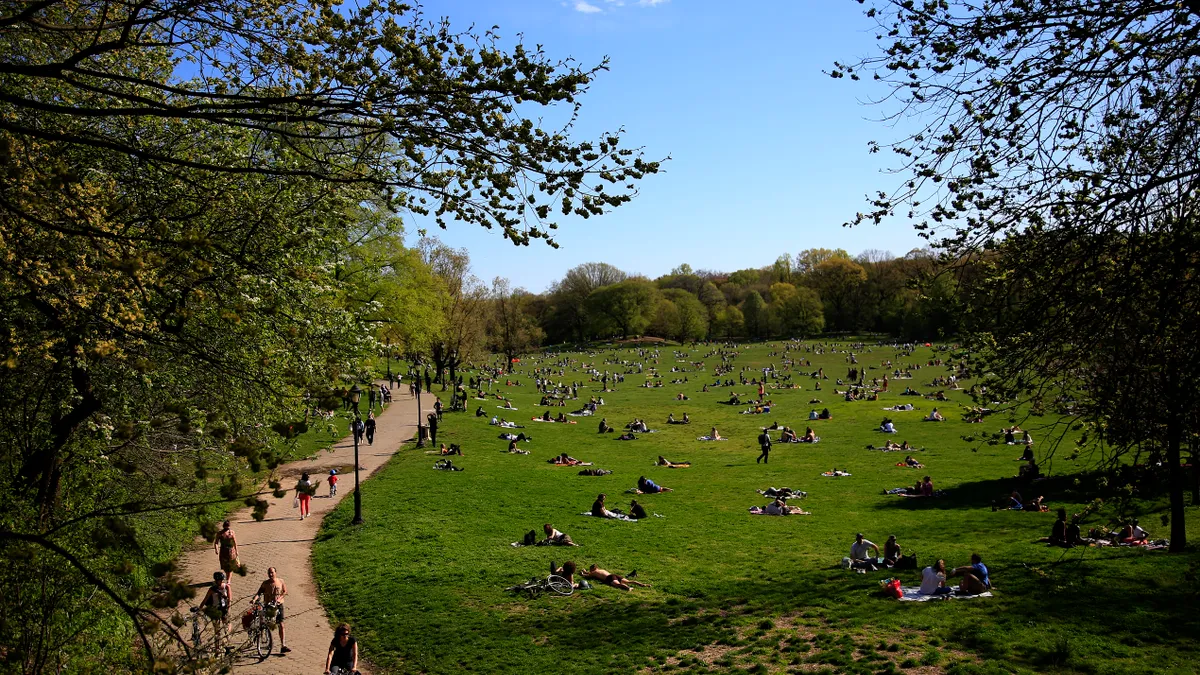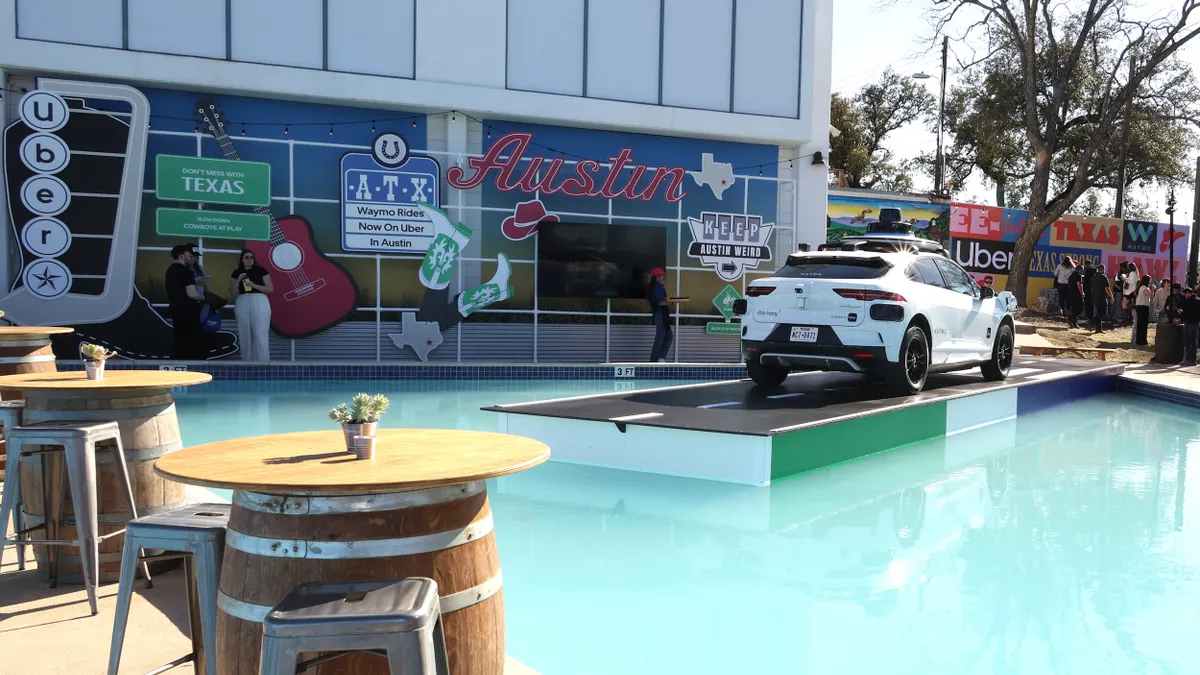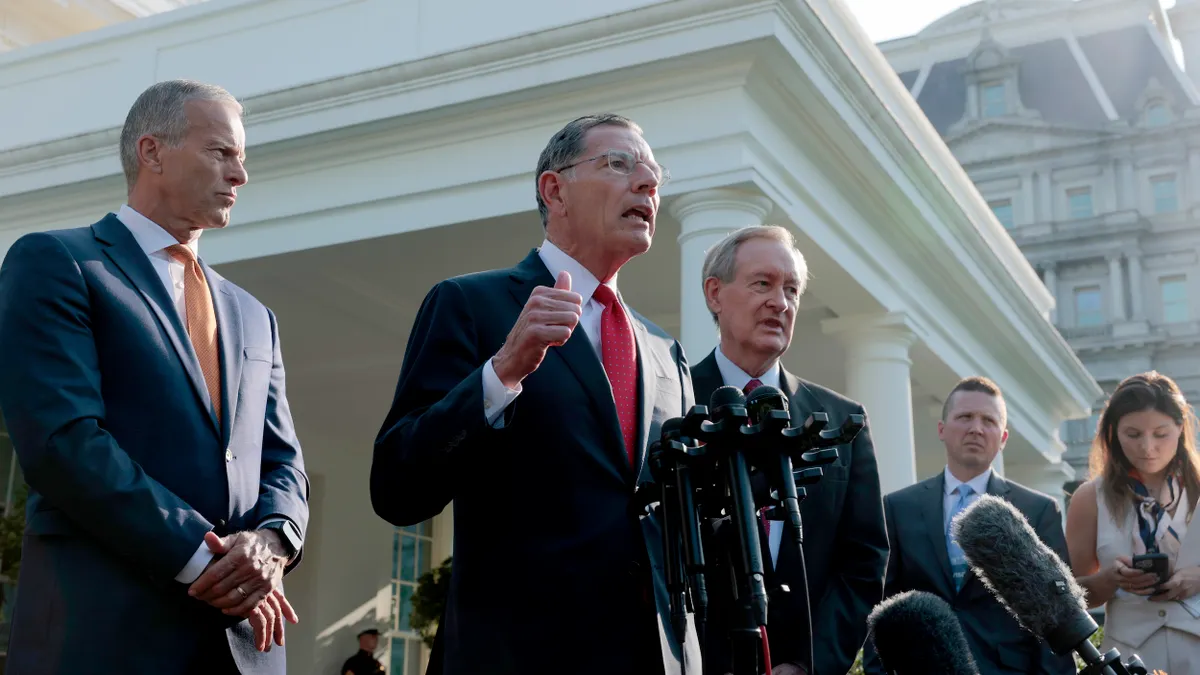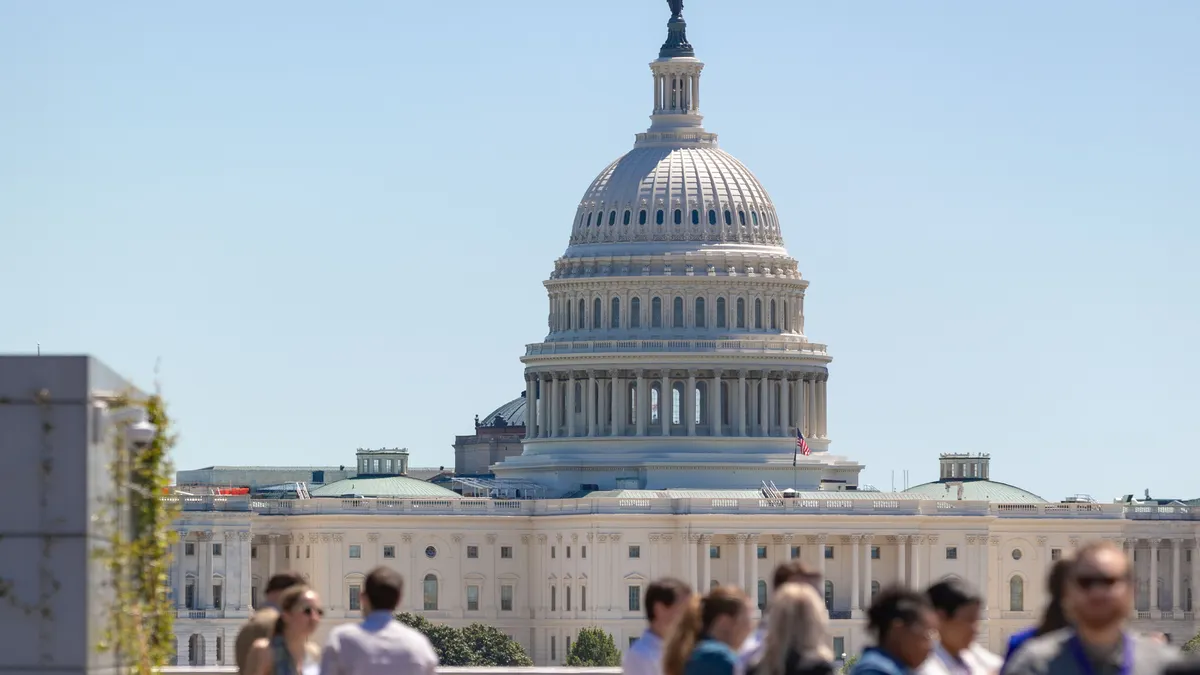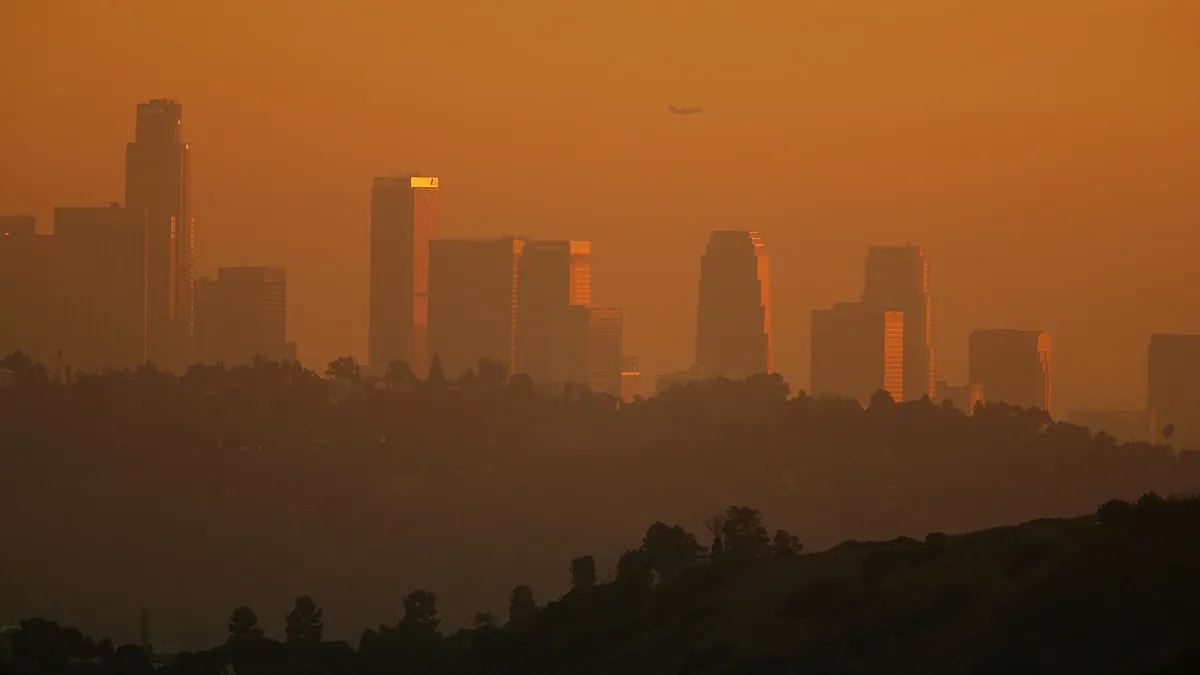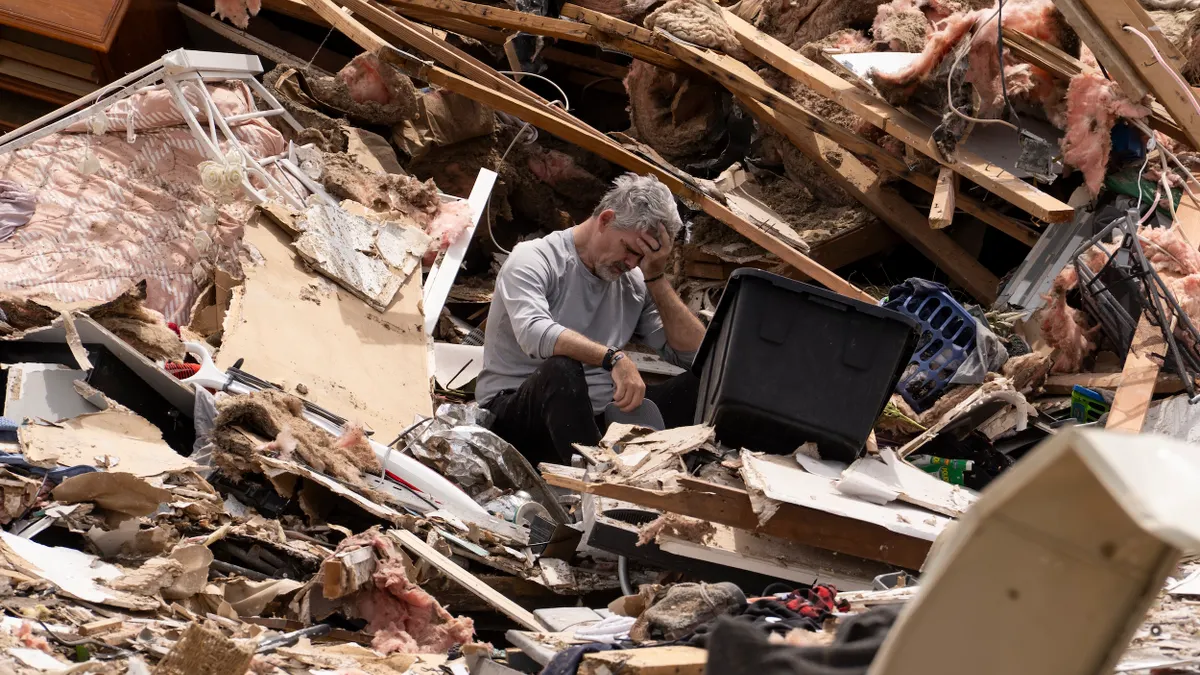New York City parks need a whole lot more of the green stuff — money, that is. A new report by the Center for an Urban Future pitches 20 ideas on how the city can generate it, from asking hotel guests to pitch in to selling fallen trees. The report could spark ideas for other cities looking to raise revenue for their own parks systems.
Just to bring existing infrastructure up to a state of good repair, New York City’s parks system needs at least $685 million, the report says. In 2023, only 16% of the system’s almost $60 million in major maintenance needs were met. The Department of Parks and Recreation has faced years of budget cuts and maintenance worker shortages.
While New York City may have particularly old parks infrastructure compared with other cities, “we're not unique in dealing with this long-standing challenge of keeping pace with the growing infrastructure maintenance needs of public parks,” said Eli Dvorkin, the Center for an Urban Future’s editorial and policy director and an author of the report.
Smart Cities Dive caught up with Dvorkin on what value parks hold in a post-pandemic world and which of the report’s ideas he’s most excited about.
Editor’s note: This interview has been edited for length and clarity.
SMART CITIES DIVE: In the report, you talk about how the pandemic brought record levels of people to parks and plazas in New York City. Do you see a shift in how cities are assessing the value of their parks in recent years, either due to the pandemic or other factors?
ELI DVORKIN: The pandemic made it clear that parks aren't amenities. They are essential urban infrastructure as important to the functioning and vitality of cities as our transportation networks, our public health systems — and in fact, they are both of those things and more.
Which ideas in the report do you think are the most promising?
The first idea in the report is both promising and practical. It’s this idea of attaching a modest 50-cent or $1 surcharge on tickets sold [for] events at arenas and stadiums in New York that are built on parkland. We calculate [that the surcharge could] be positioned to generate tens of millions of dollars annually, which would be a significant portion of, for instance, the unmet maintenance needs in the park system every year, which last year totaled almost $60 million. We've actually already heard some really positive interest in that idea from city government so far.
We have a couple of ideas in here that I think are well-positioned to help take what is currently a cost for the city and actually make it into a new source of revenue. One example of that is to monetize organic waste in our parks, specifically the trees that fall every year in New York City's parks that we currently pay millions of dollars a year to dispose of. But that lumber has real value. If we're able to mill those trees into commercial lumber, we could take what is currently a pretty significant cost and actually turn it into a source of revenue.
One that I'll throw out there that I think is really, really tangible is to significantly boost concessions revenues in the city's parks. Our report finds that concessions revenue generated on parks property has been basically flat for over a decade and has actually declined 25% since 2012, after adjusting for inflation.
I get that, obviously, no New Yorker wants to see mass-scale commercialization of public parkland. But this idea is about adding a relatively modest number of new concessions. We suggest 10 new restaurants and another 10 destination-worthy concessions, things like building a year-round spa [from] what is currently a seasonal bathhouse, for example. That wouldn't just generate revenue. That would really add to the experience for park goers.
We propose, for all new concessions revenue, an 80/20 split. Eighty percent of the new revenue would stay with the park where that new concession is located, but 20% of the new revenue would be allocated to a fund that would be used to prioritize maintenance and infrastructure needs in underserved parks all over the city, including — and specifically — parks that don't necessarily have the underlying economic conditions to allow for new concessions.
Do you think parks will, in the future, trend toward being more multiuse spaces?
Parks already are incredibly powerful examples of multiuse public spaces. We're potentially only trending more in that direction as policymakers gain a greater awareness and understanding of all of the intersecting needs and opportunities that come together in public parks and open spaces.
All of those opportunities are also challenges. We've got growing stresses across all of our urban infrastructure that are brought about and accelerated by climate change, for example.
The future is, I think, one in which parks are seen as on the front lines of so many of our urban challenges and also as more essential to the future success of cities than ever before. With the right approach to funding this infrastructure, cities can take much fuller advantage of all of these multiple benefits.



